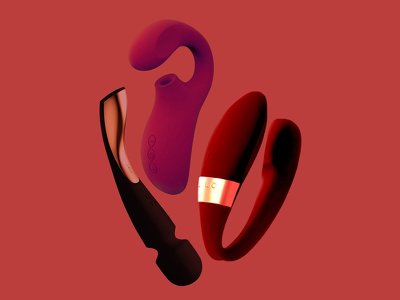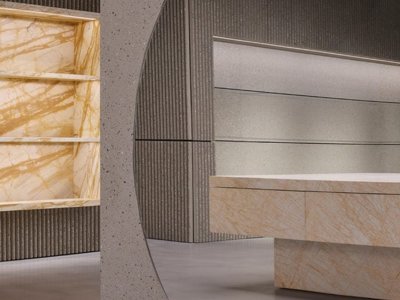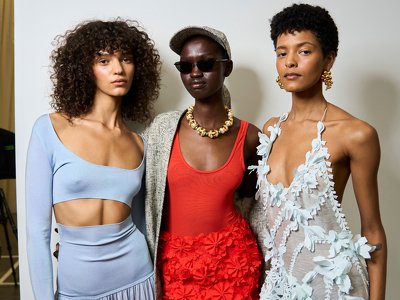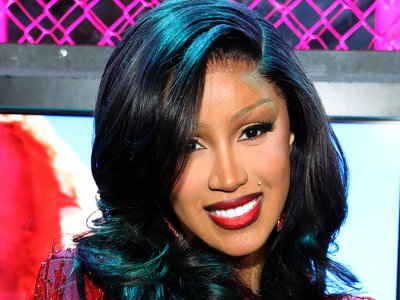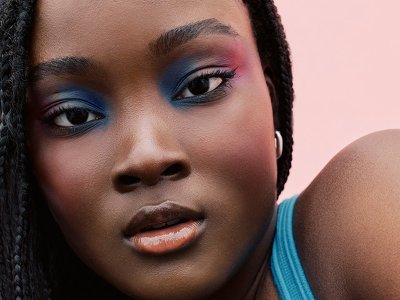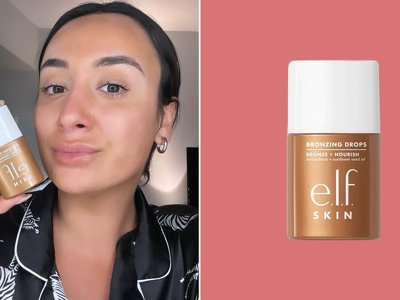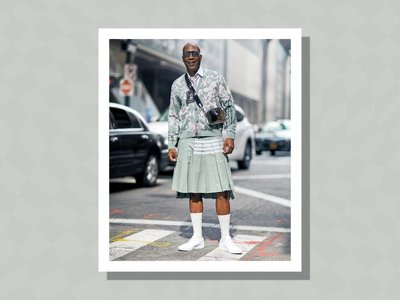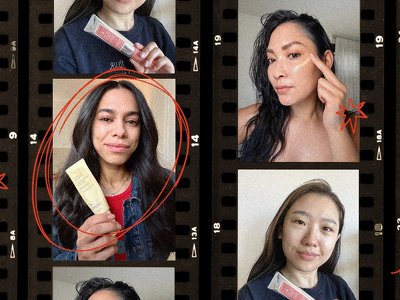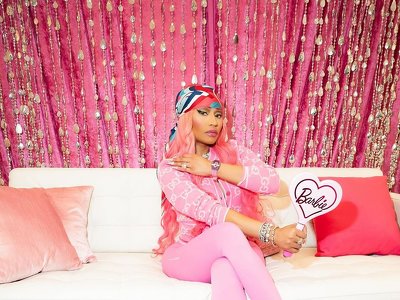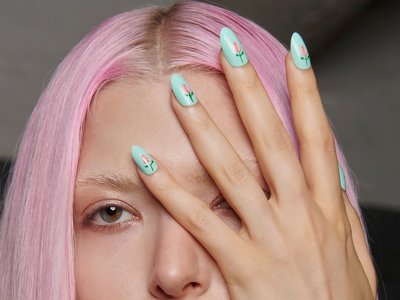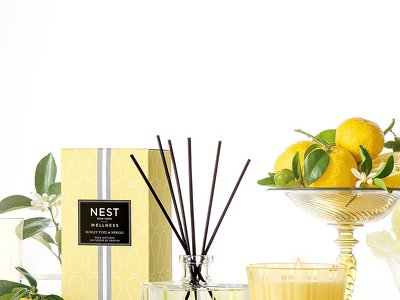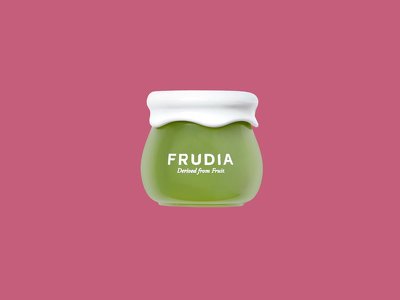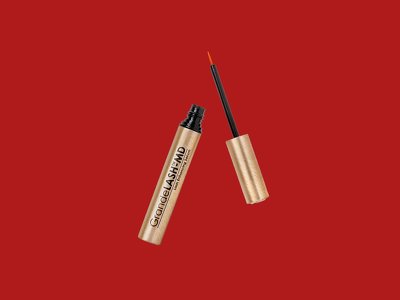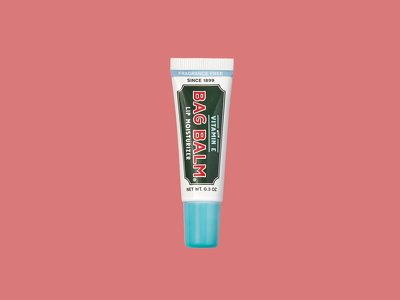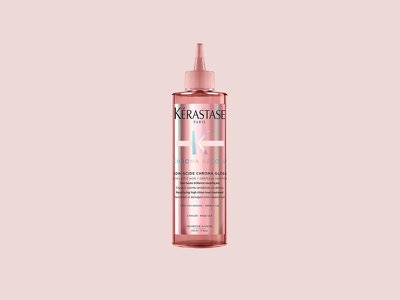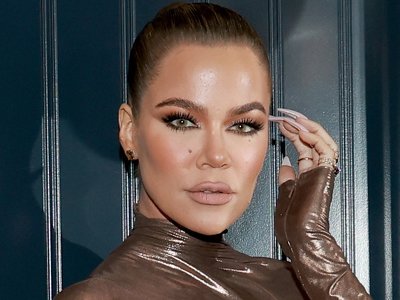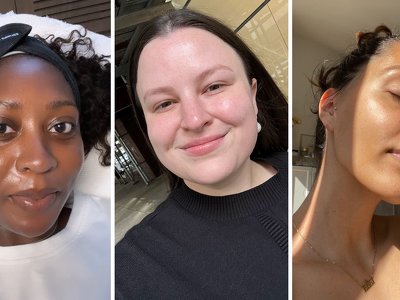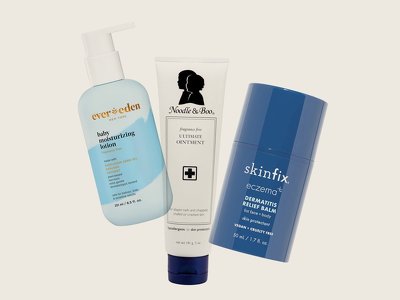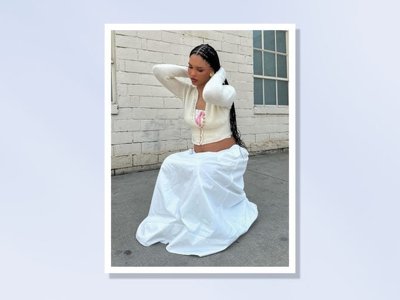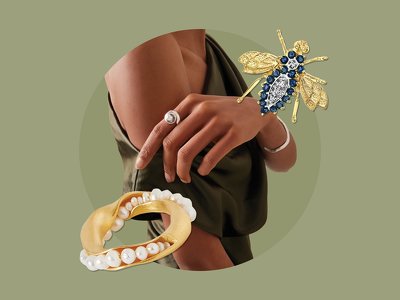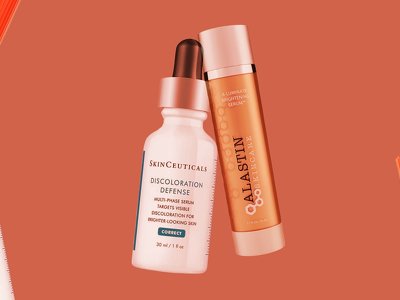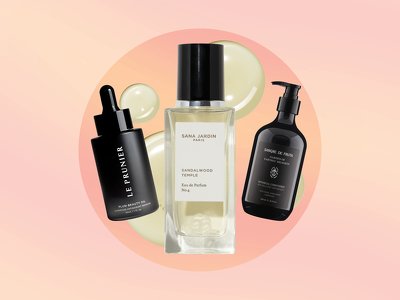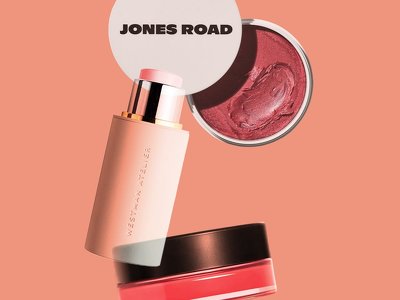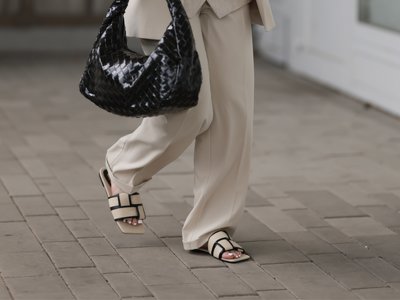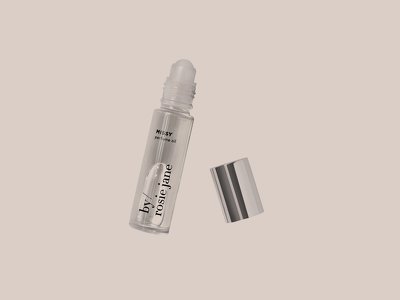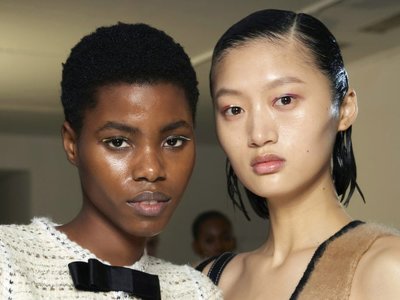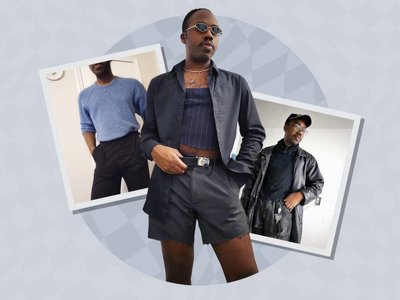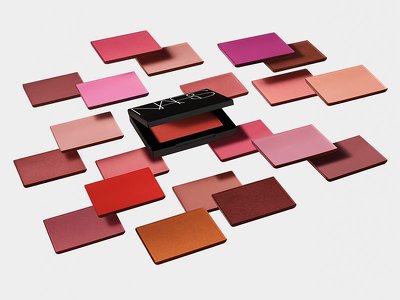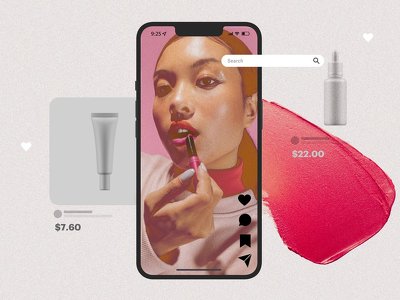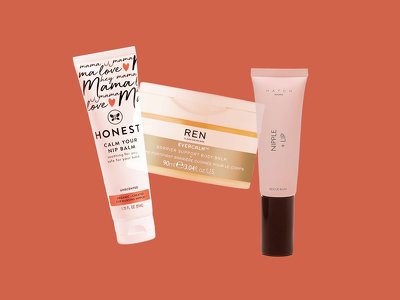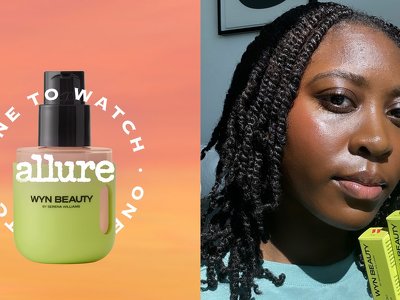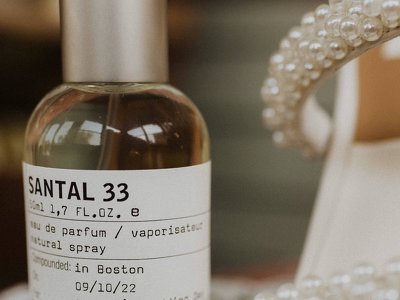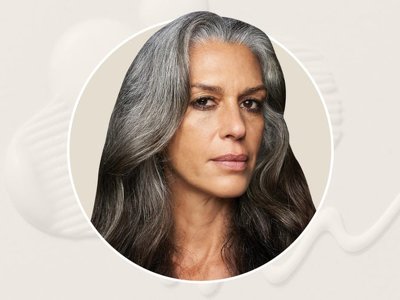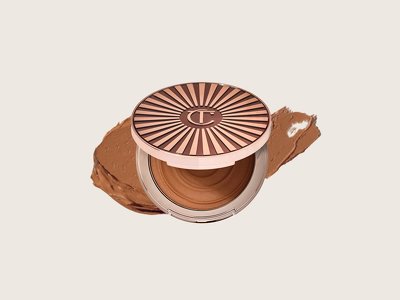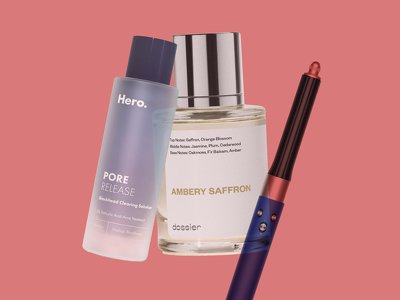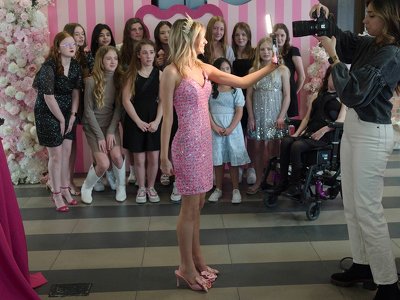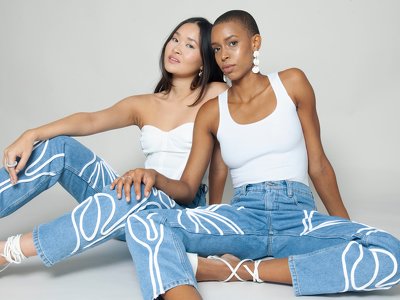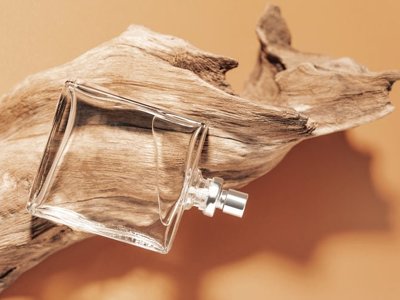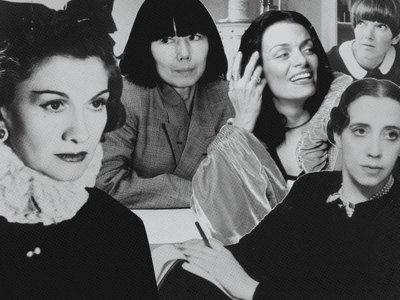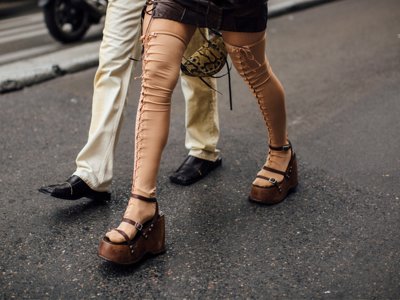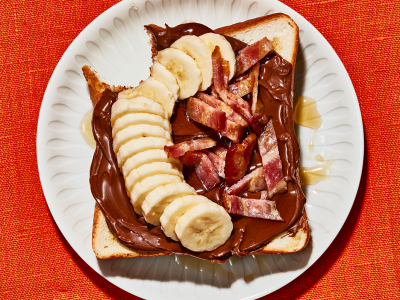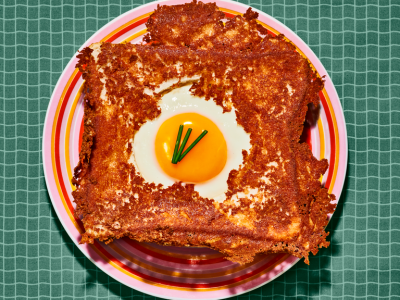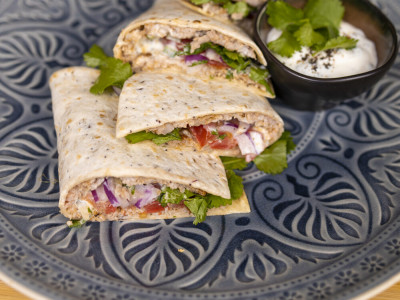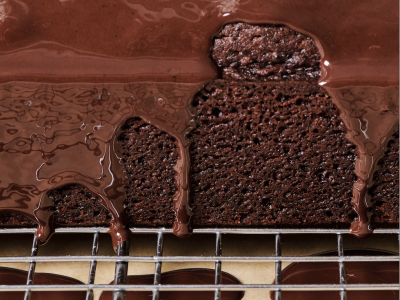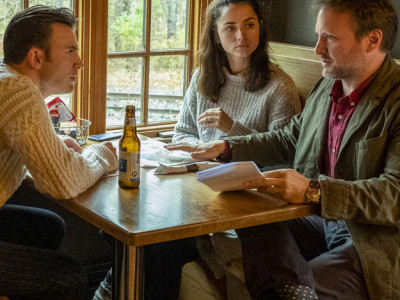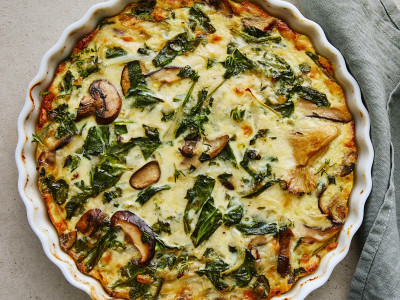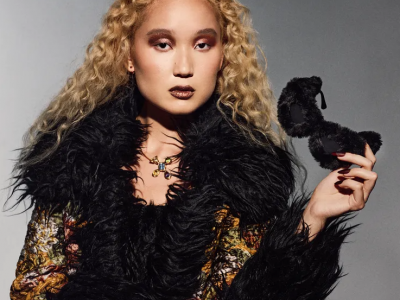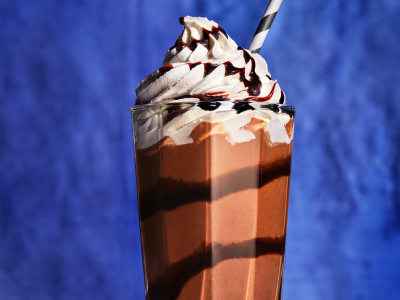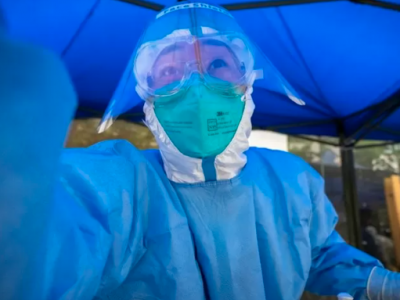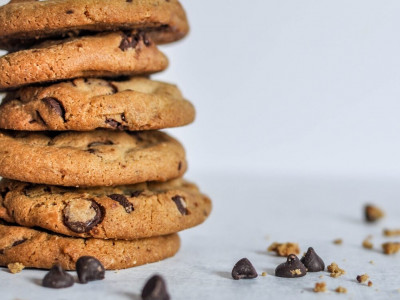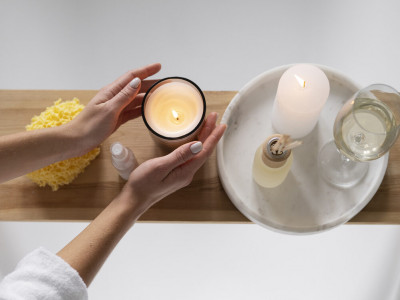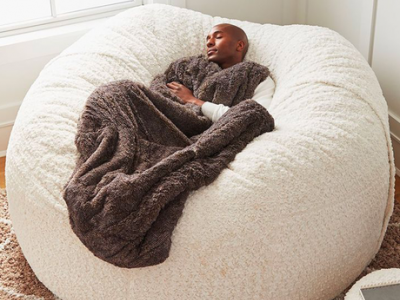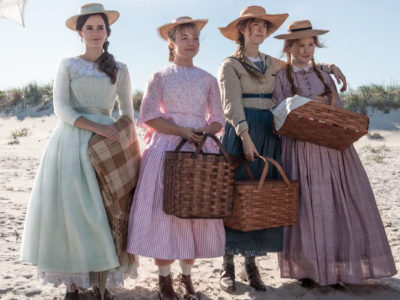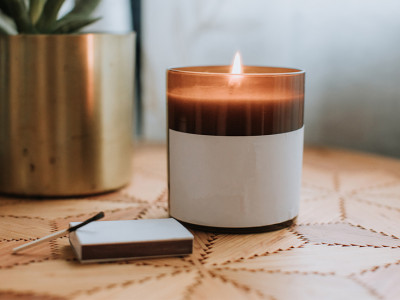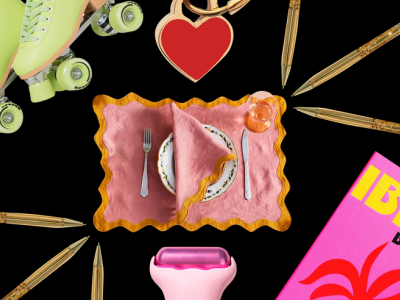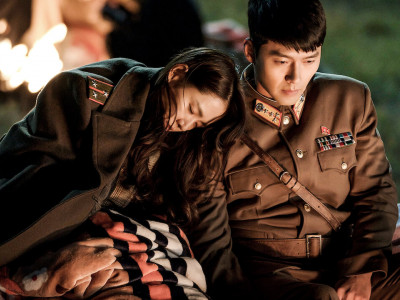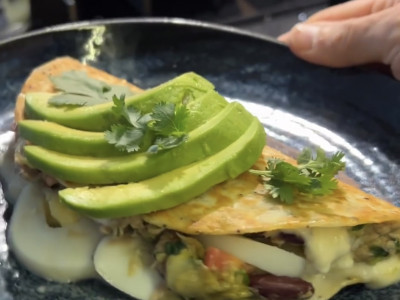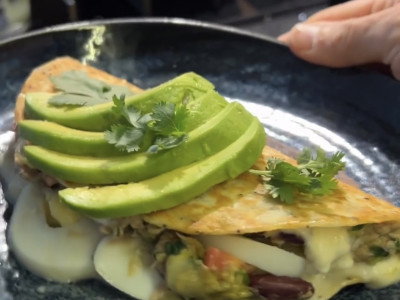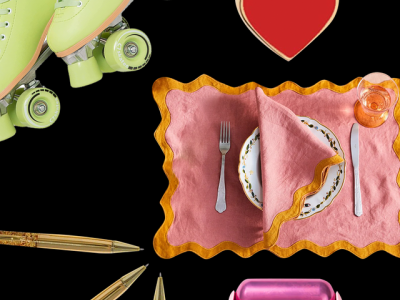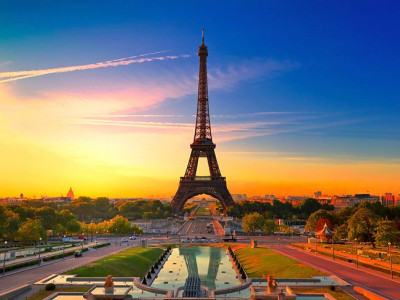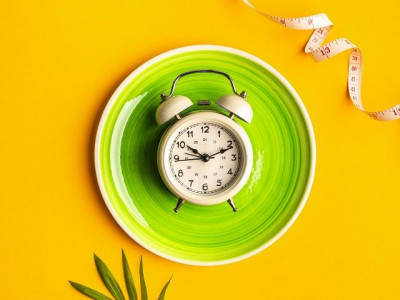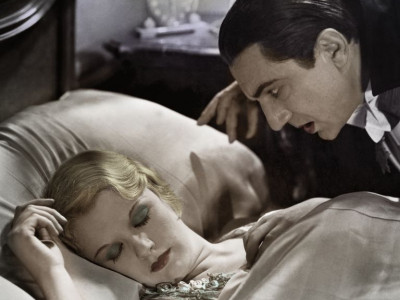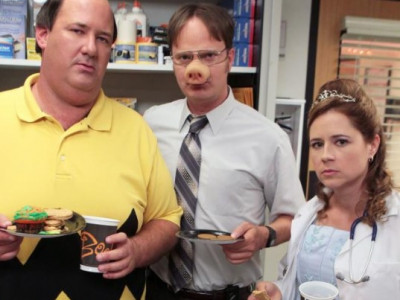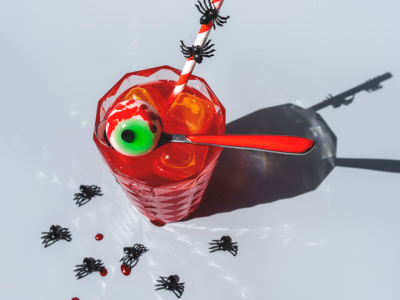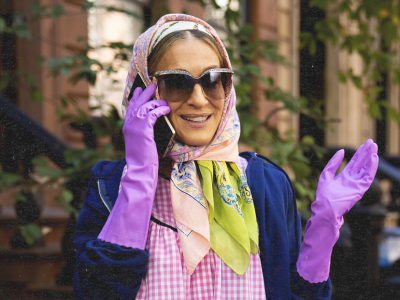The Beauty and Devastation That Built the Nail Salon Industry

In their new book, The House of Beauty (out October 14th and available for pre-order now), writer and Allure contributor Arabelle Sicardi unearths the less-talked about—and less glossy—aspects of the beauty industry through a series of essays. Here, in an exclusive excerpt from a chapter called “Nailing the Landing,” Sicardi examines the origins of the nail salon industry and the challenges workers continue to face while celebrating the community, joy, and beauty they've found at their own nail salon.
For my early twenties I subsisted on an anemic $25 weekly grocery budget eked from freelance gigs, plus free empanadas from the nail salon down the block from my apartment. I would be fed them during my monthly nail appointments, one of the only indulgences I could afford, and my salon was a no-frills Dominican place with no website, no Instagram, and no credit card processors. It had soap operas playing at max volume and a pack of children always playing on the floor in the back near the sink; neighbors would come in just to talk and there was usually someone’s grandmother napping in the corner. This was not glamour, but the nail art they offered was flossy. Where more publicized salons in Manhattan would charge $225 and up for a full set with nail art, my nails would top off at $50 plus tip, as well as the bonus of being fed empanadas during birthday celebrations for neighbors, regular customers, workers, and the workers’ children. They welcomed me, and it always felt like homecoming.
Over the years, I would bring them nail polish and UV lamps sent to me by brands to review, and I would wave when I walked by with groceries. I tried to come in monthly, but sometimes it would be less often, and I’d often come back with mismatched nails done in a city I’d traveled to for work. We’d joke that my nails were a passport, that the replacements and repairs I’d get on my return were the real stamps to certify I was back home. It’s an echo of how nail salons came to be so popular in America to begin with: Being a manicurist is one of the most available jobs to get “fresh off the boat.” It requires minimal English, and you can find work even if you are undocumented. You don’t need to know a place to know the rituals for a manicure.
It’s this placelessness that built the nail industry after the Vietnam War. This world was built by refugees, by loss and what it bought.
When the capital of South Vietnam fell in 1975, it was the end of a war and a country. April 30, 1975, marks the fall of Saigon in western narratives. It is called Ngày Quốc Hán, “National Day of Resentment,” by the refugees who survived but had to flee. Flee, as the situation would have it, right into the arms of the American military carriers that were just offshore as the country imploded into flames. The 1975 Refugee Act was passed one month after the fall of Saigon, and 130,000 Vietnamese began entering the United States.
After the fall of Saigon, the actress Tippi Hedren worked as an international relief coordinator for Food for the Hungry. She visited a refugee camp called Hope Village established near Sacramento, set up in a former tuberculosis treatment center. At first, she visited with her seamstress and typist in an effort to help teach the women marketable skills, with the hope of getting them work in America. But they had little interest in pattern-making and tailoring clothes. They were fascinated with her perfectly manicured nails. So Hedren flew in her personal manicurist and support from a local beauty school to teach 20 women for free, and later helped them find work in salons across Southern California. In a documentary on her impact on the salon industry by Vietnamese filmmaker Adele Pham, second-generation salon owner and president of Advance Beauty College Minh Nguyen called her the “Godmother of the Nail Industry.” His wife, a manicurist herself, is best friends with a woman who studied under Hedren’s patronage. The founding owners of Advance Beauty College, Minh and Kien, had fled Vietnam in 1975. Minh had been a Navy lieutenant, then became a social worker, assisting refugees with the transition into nail work and later acquiring a license himself.
More than 50 years after the Vietnam War, over 50 percent of nail technicians in the United States are of Vietnamese descent. The influx also changed the price point and accessibility of the beauty practice. Once up to $200 in the 1980s, the equivalent of more than $440 today, the typical manicure now costs $20. Manicures in New York are on average cheaper than even that, at $13.71 according to a 2021 industry survey. Once a luxury experience only the moneyed could afford, manicures became something middle- and working-class women could indulge in and find in their own neighborhoods.
People would initially go to Asian manicurists only if the deal was too good to pass up. So while manicuring offered economic opportunity to escape a war-torn country, it didn’t prevent the devaluation of that labor in comparison to their white peers. It was one field that required minimum English skills, no college education, and crucially: The licensing exam was offered in Vietnamese, after community organizers championed language options to offer in locations not far from refugee camps and the newly established ethnic enclaves. And for the first 20 students, the classes were free.
Most of the time this story is shared, it’s told with starry eyes at the savior that Tippi Hedren became. A woman gathered a class of women who became the next wave of industry veterans in a booming industry that broke barriers in class and race, coming soon to your TV as a prestige Television Event. But these stories are also stories of respectability, imperialism, and the cost of capitalism itself. Vietnamese women were “empowered” to leave their war-torn country for a new opportunity, but it was a situation created by the US’s involvement in the first place. The women Hedren worked with were also not “typical” Vietnamese women but wives of high-ranking South Vietnamese military personnel, some working in military intelligence themselves. Knowing this complicates a hero’s narrative when we consider who is “worth” saving first, it’s usually those who are most recognizable to those in power, anyway. It perpetuates the myth of the compliant and exceptional model minority. It frames all participants in stark lighting as either hero or victim, when neither is altogether true. They got chances at a new life because of military and intimate family connections, after having been traumatized into having nothing left to lose.
In his novel about beauty, love, and his mother, a Vietnamese beauty worker by trade, Ocean Vuong wrote it best: “To be or not to be. That is the question. A question, yes, but not always a choice.”
The programs meant for refugee Vietnamese, alongside immigrant enclaves created out of necessity due to racism, made group economics even more vital. They also privileged the middle class and those more easily assimilated into America, those with English proficiency and those with military connections. After the first group of trainees, mostly middle-class, English-speaking, and with military connections, more and more refugees coming from more rural areas or with lower proficiency levels also entered the industry. The success of these new immigrants in a racist institution fostered resentment among longer-standing American minorities. Asians were shaped into a myth of the model minority that many of us took to the bank: our own banks, our own familial networks, or government-sponsored programs. We were also expected to fight against other minorities for space and economic opportunities that white people had no interest in, redlined into the same housing markets and expected to betray each other, told that there was scarcity. It often worked, because racist communities across the United States created scarcity through refusing to lease or lend to nonwhite community members. People implemented racist clauses in housing deeds and rejected or offered outrageously predatory lending terms to nonwhites, permitting exceptions occasionally to Asians only by assuming their proximity to whiteness or to American militarism. Redlining, the shorthand for race-based exclusionary tactics in real estate, has been actively evolving since the term and practice was coined in the 1930s. It has been seen in all the major United States cities: Los Angeles, New York, Atlanta, Chicago, Detroit. All of which are beauty hubs, too.
In 2022, Black nail technicians made up less than 10 percent of the industry, even though Black women spend 80 percent more than the general market on beauty products. Since the majority of the nail salons across America are Asian-owned and hire within their race, it is not a surprise so much as a consequence of racial capitalism and white supremacy fostering competition and ethnic isolation that repeats itself in communities big and small.
When you walk into a nail salon, you walk into a living history that fills the air alongside all the acrylic particulates.
When you walk into a nail salon, you walk into a living history that fills the air alongside all the acrylic particulates. There is a racial hierarchy you walk into, a play that you participate in over and over again in salons across America, one that compresses race, immigration, exploitation, and solidarity into something that looks innocuous. But ask a Black manicurist how hard it is to find a salon that treats them well versus a Vietnamese manicurist in New York, ask if they are paid equally, if they’ve had to pay a fee to get a job. Ask if there’s resentment there. They’ll say yes if they trust you enough to hold their truth. These are the whisper network conversations of radical honesty about race and solidarity that many beauty professionals are afraid to acknowledge. Editorial nail artists are more likely to discuss this openly, as they d
- Last
- April, 28
-
- April, 27
-
- April, 26
-
-
- April, 25
-
- April, 22
-
-
-
-
- April, 16
-
-
-
-
-
- April, 15
-
-
-
- April, 13
-
-
News by day
29 of October 2025
